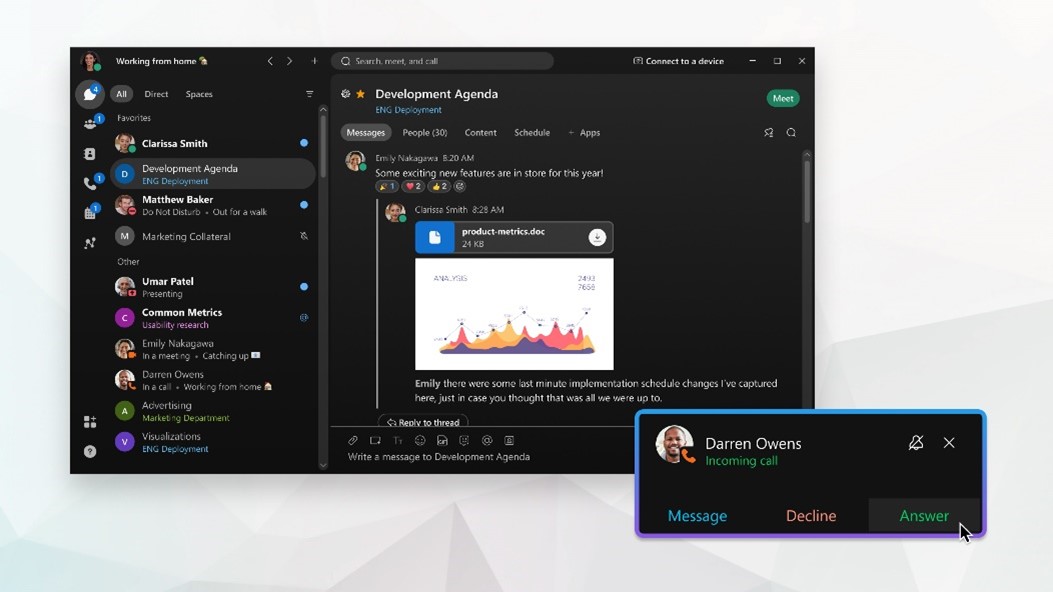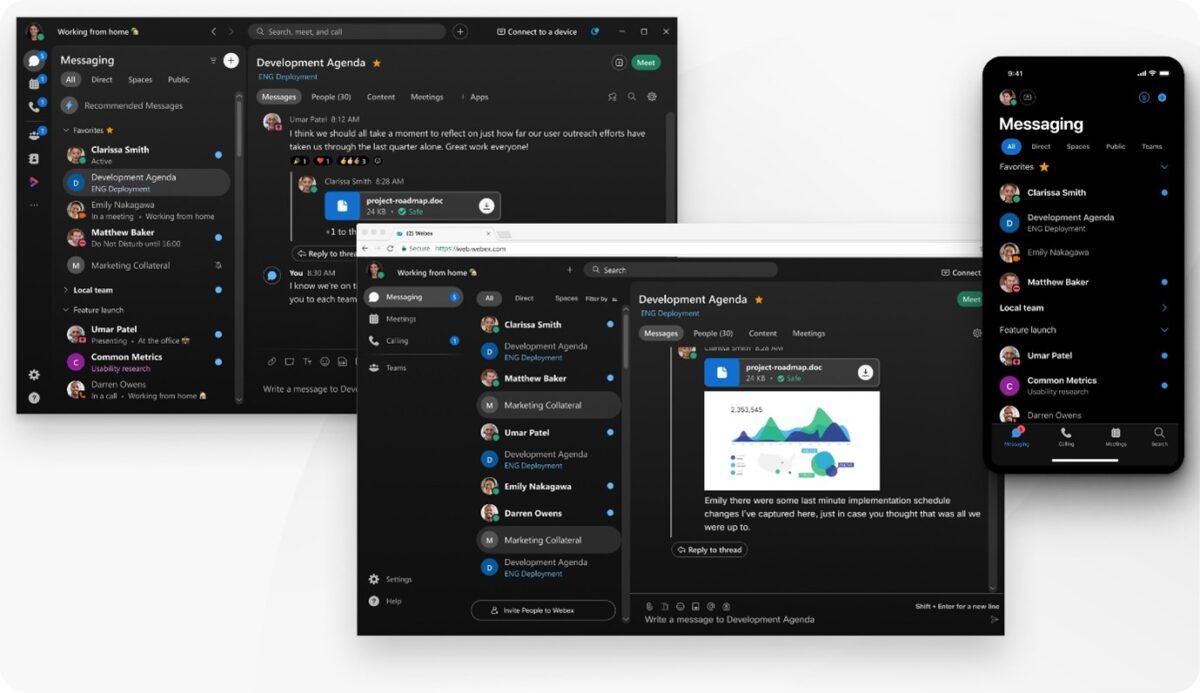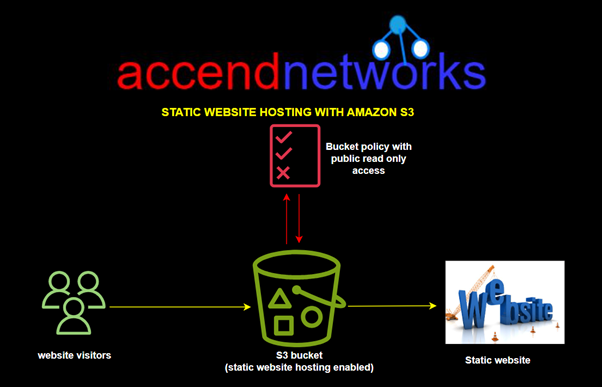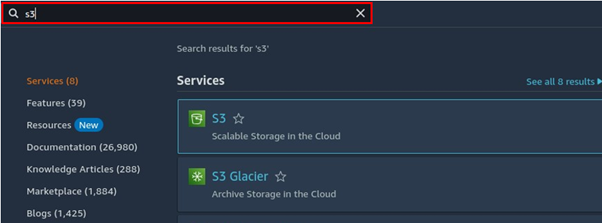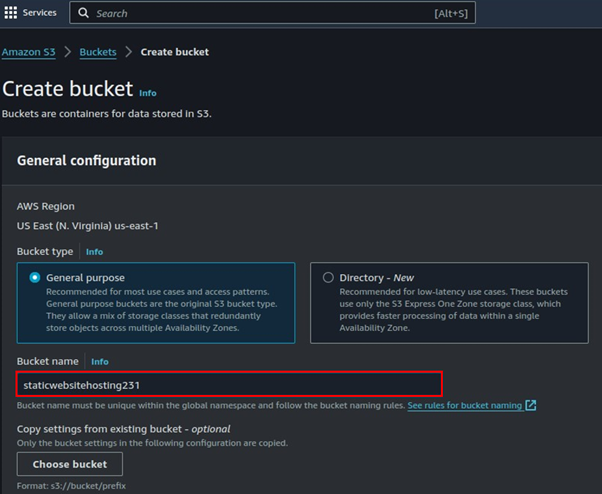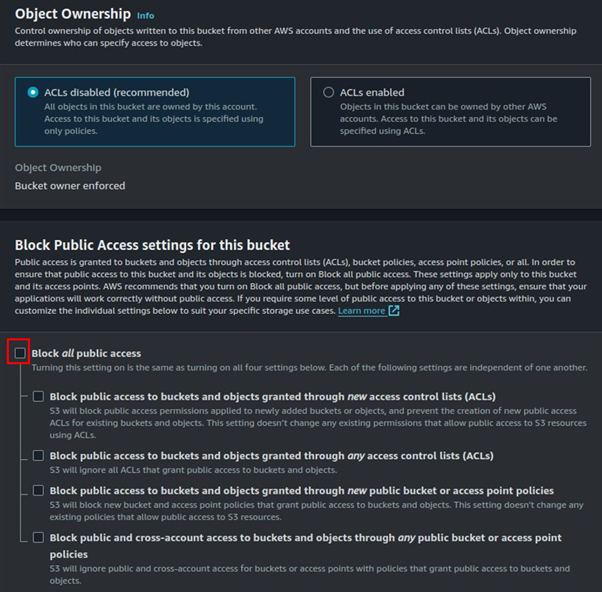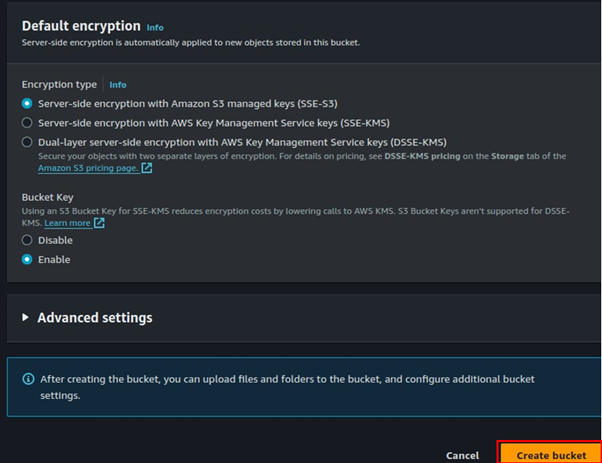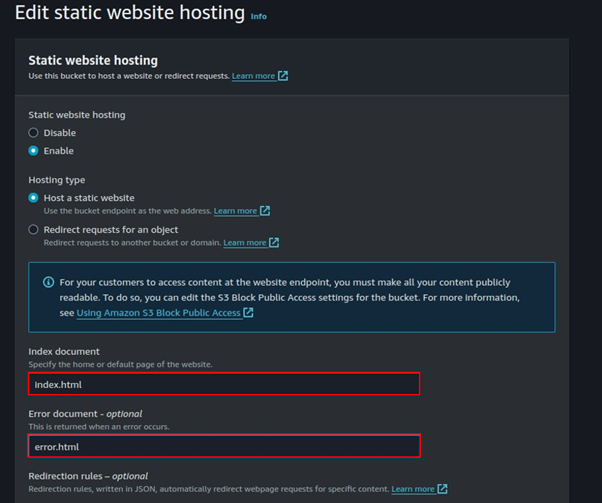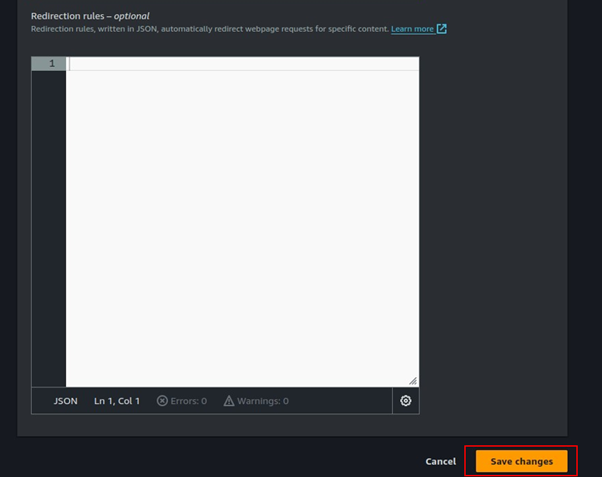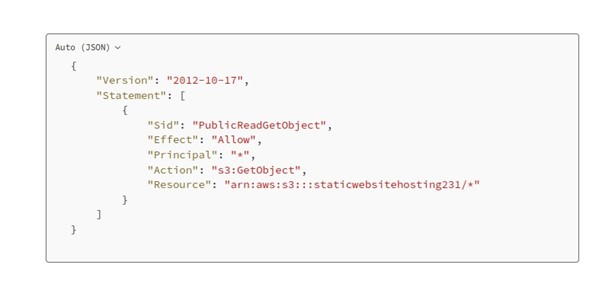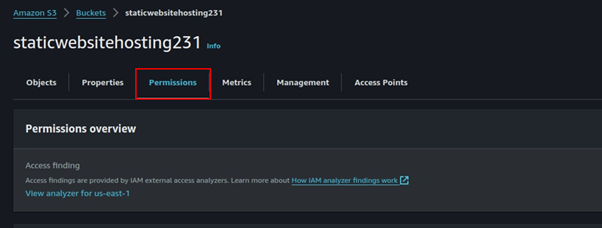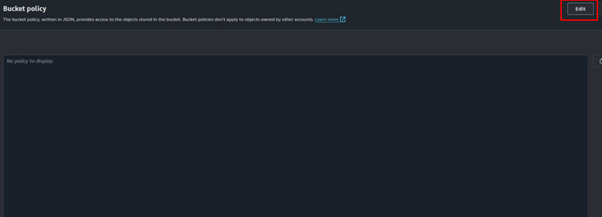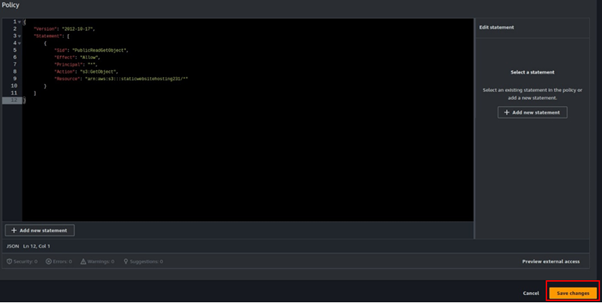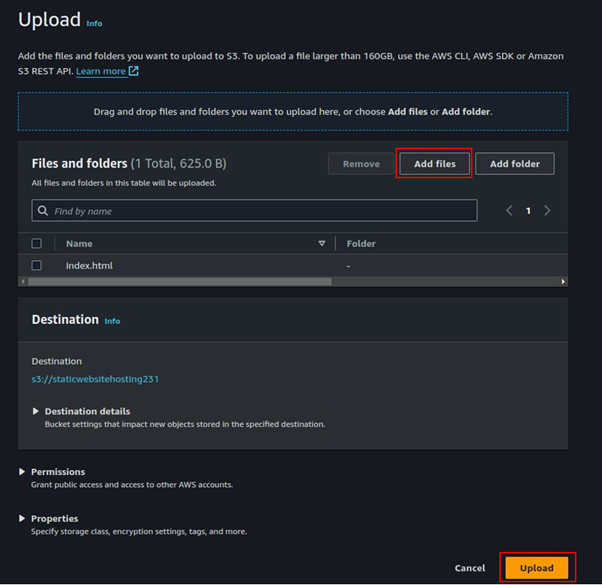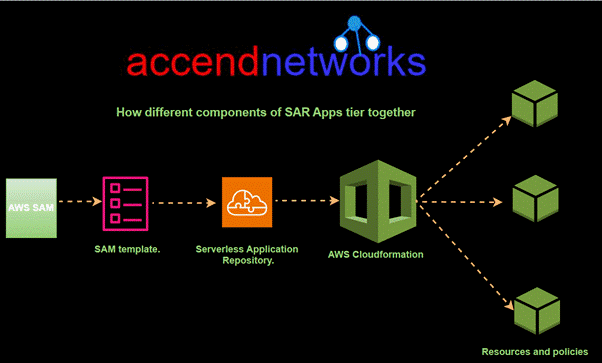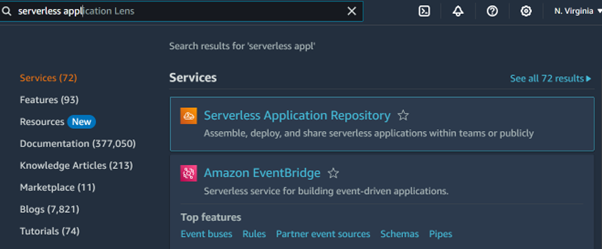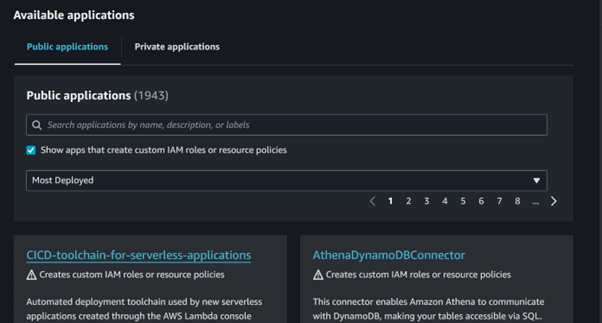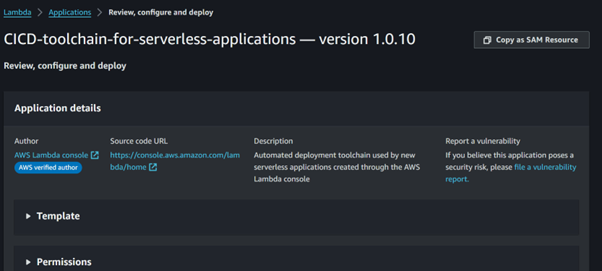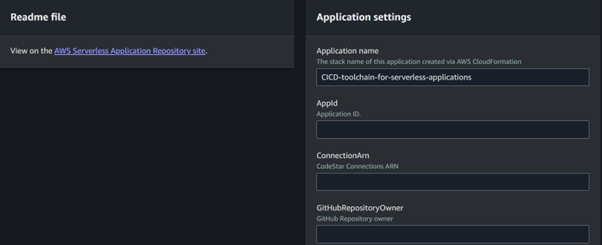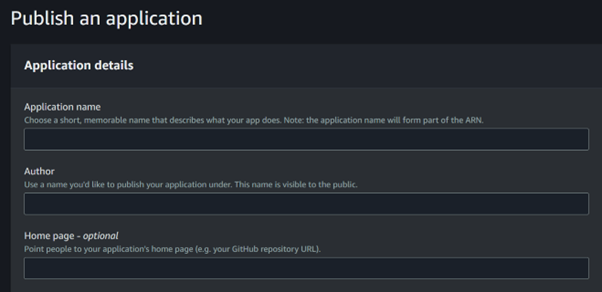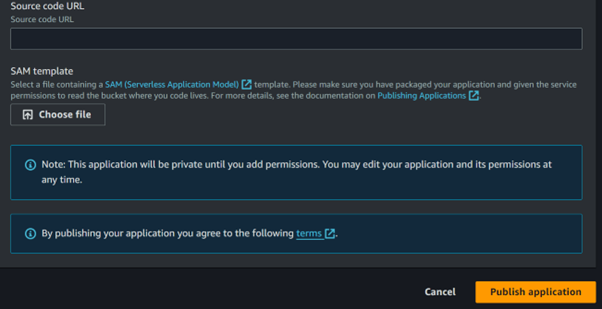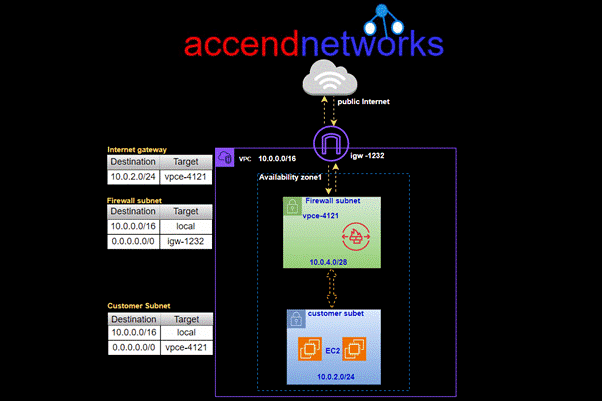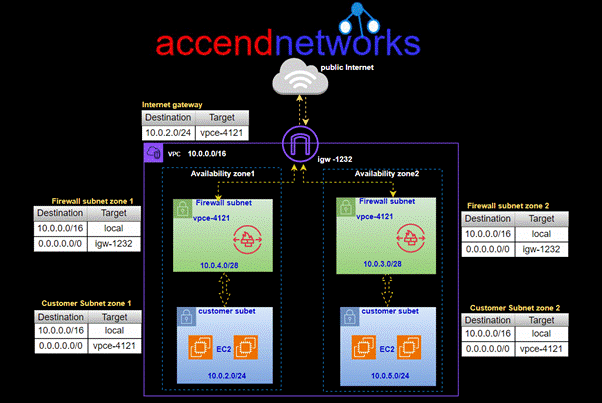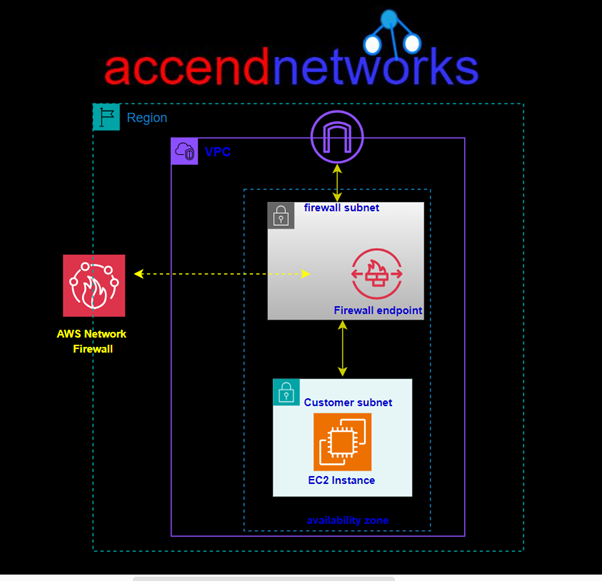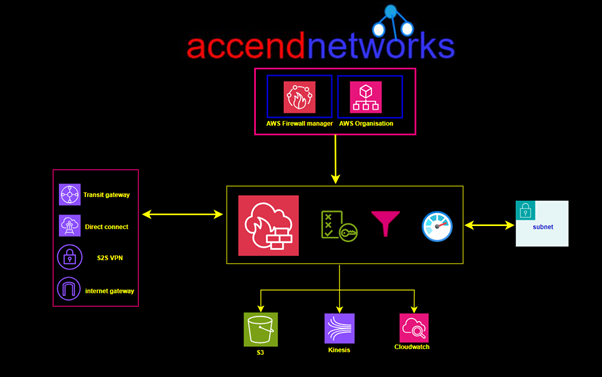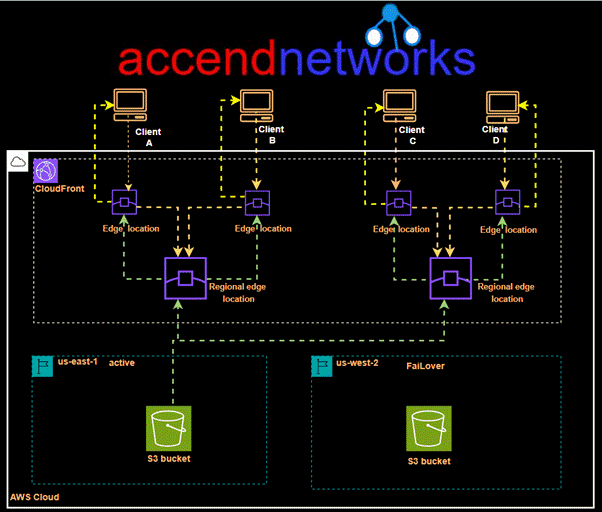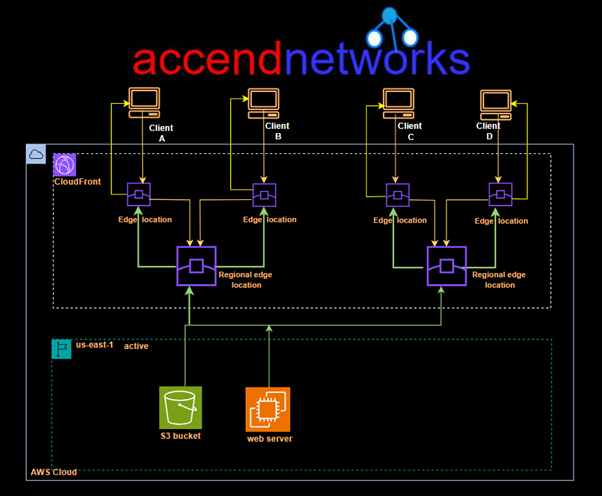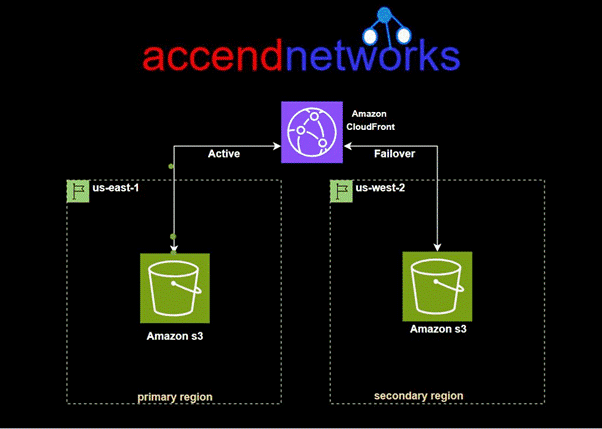Introduction to WebEx Application
In real-time or anytime, Webex App is engaging, intelligent and inclusive and helps you create exceptional experiences and makes working together distinctly better.
The Webex App is one easy-to-use and secure app you can use to call, message, meet, and get work done:
- It brings everyone together to do exceptional work.
- It makes you smarter; it’s personalized to you.
- It gives you options to choose how you work.
- It moves fluidly while you call, message, and meet.

Log in to WebEx App:
It is very simple task to log into WebEx app. Double click on the App to launch it. Post launching below screen is presented to the users:
You can click on the sign in and then enter your business Email address to log in.
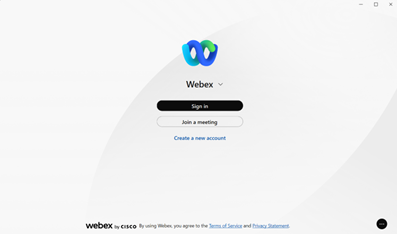
- Start working together When you start a conversation with someone, it creates a space between you and the people you invite to the conversation. You can invite anyone (including people outside your organization) to join in on a conversation. All you need is their email address. All your work takes place within spaces and teams. Spaces give you a place to collaborate on a specific topic or project. In a space, you can send messages, schedule meetings, and call other people.

If your original intention changes and your project outgrows its original purpose, you can create a team and then move a space into a team. Teams help you keep everything organized by putting multiple spaces under a common theme. Teams are great for a consistent group of people who are going to be working on something for a long time. That something can involve many activities or can be subprojects happening at the same time. If your organization has public spaces, you can discover, join or create public spaces and connect with people with similar interests, or keep up with the latest news. And you find that you’re in too many spaces and some of them don’t require your input or you don’t need to keep up with that particular conversation, you can leave any space at any time.
- Send a message:
When you write your messages, you can send a quick one, or make it stand out with more text formatting and emojis. You can also share files, pictures, videos, and even gifs. Webex App keeps a list of all the content shared in a space, so you’ll never lose track of them. Use @mentions to make sure the right people see your message. Don’t worry if you’ve made a mistake and need to edit it or if you’ve pasted in the wrong space and need to delete the message entirely.
Your messages are persistent. The next time you message the group, your conversation picks right up where you’ve left it. And after you send a message, you can see who’s read your message.
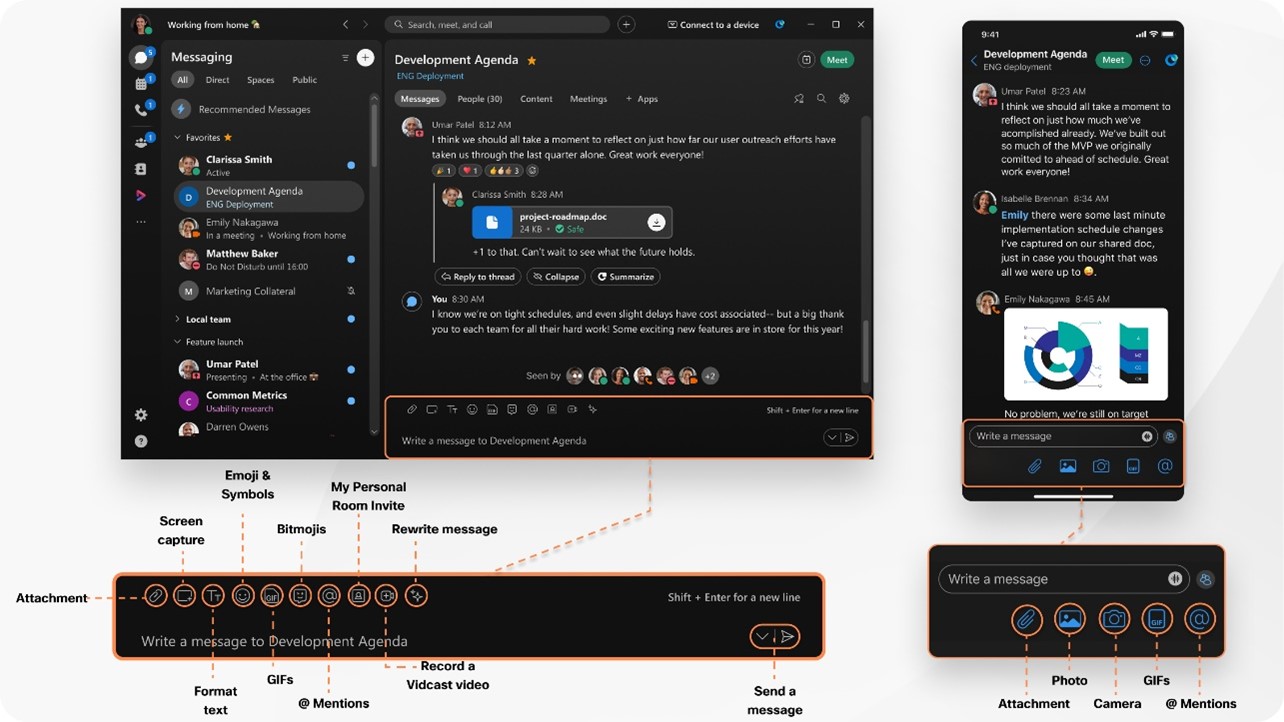
- Read and respond to messages:
When you get a new message, you’re notified right away. If you’re too busy to respond but want to see someone’s message, you can just take a quick peek instead. People won’t know that you’ve seen the message. You can also make it easy for yourself and others to follow a specific train of thought using threading, quotes, and even forwarding a message to someone else.

You can also flag important messages so that you can refer to them easily.

And if you’re looking for a message or a file that was shared but can’t remember what space it was posted in, you can search for it.
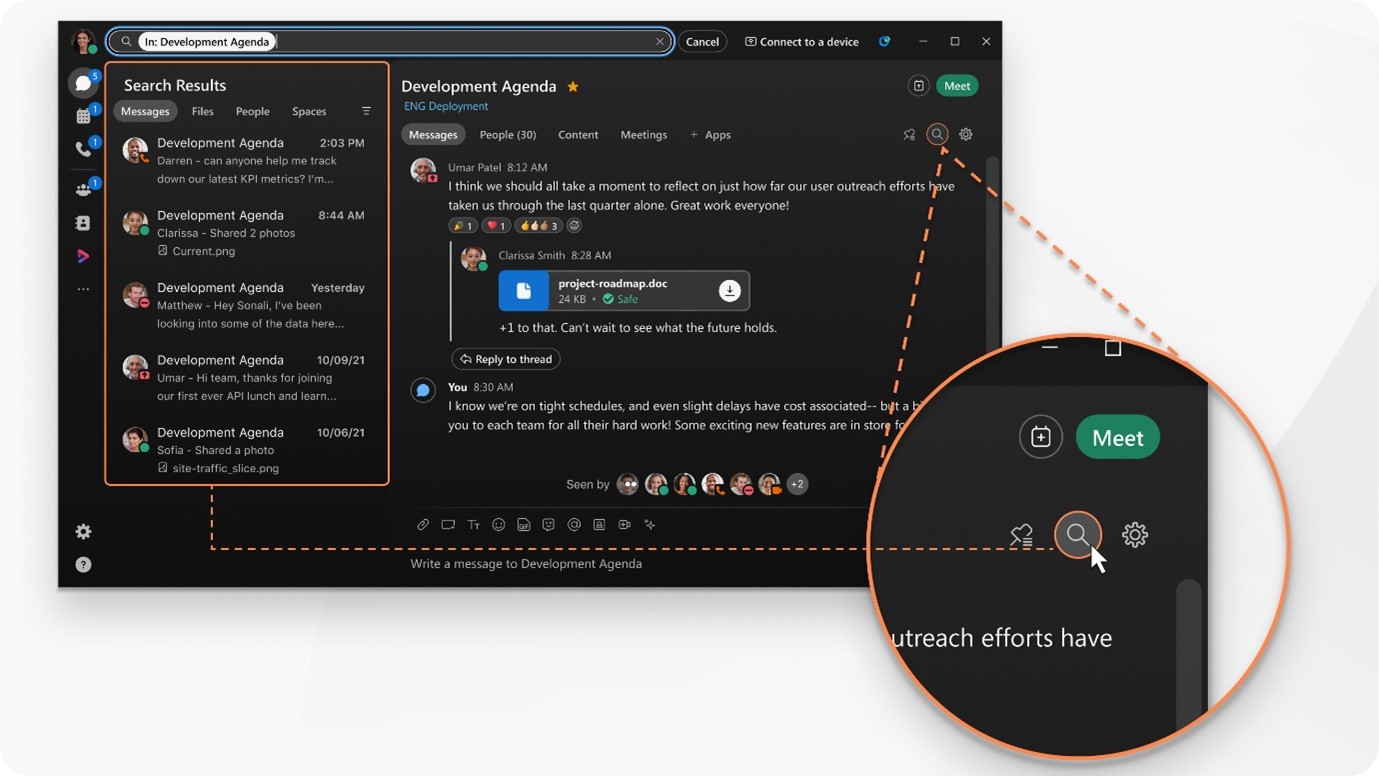
- Customize your audio and video preferences When you join a meeting from your computer, the app automatically detects the audio and video devices you have connected to your computer, such as a headset. You can change your settings right before you start or join a meeting, like if you want your video on or want to dial into a meeting with audio only.
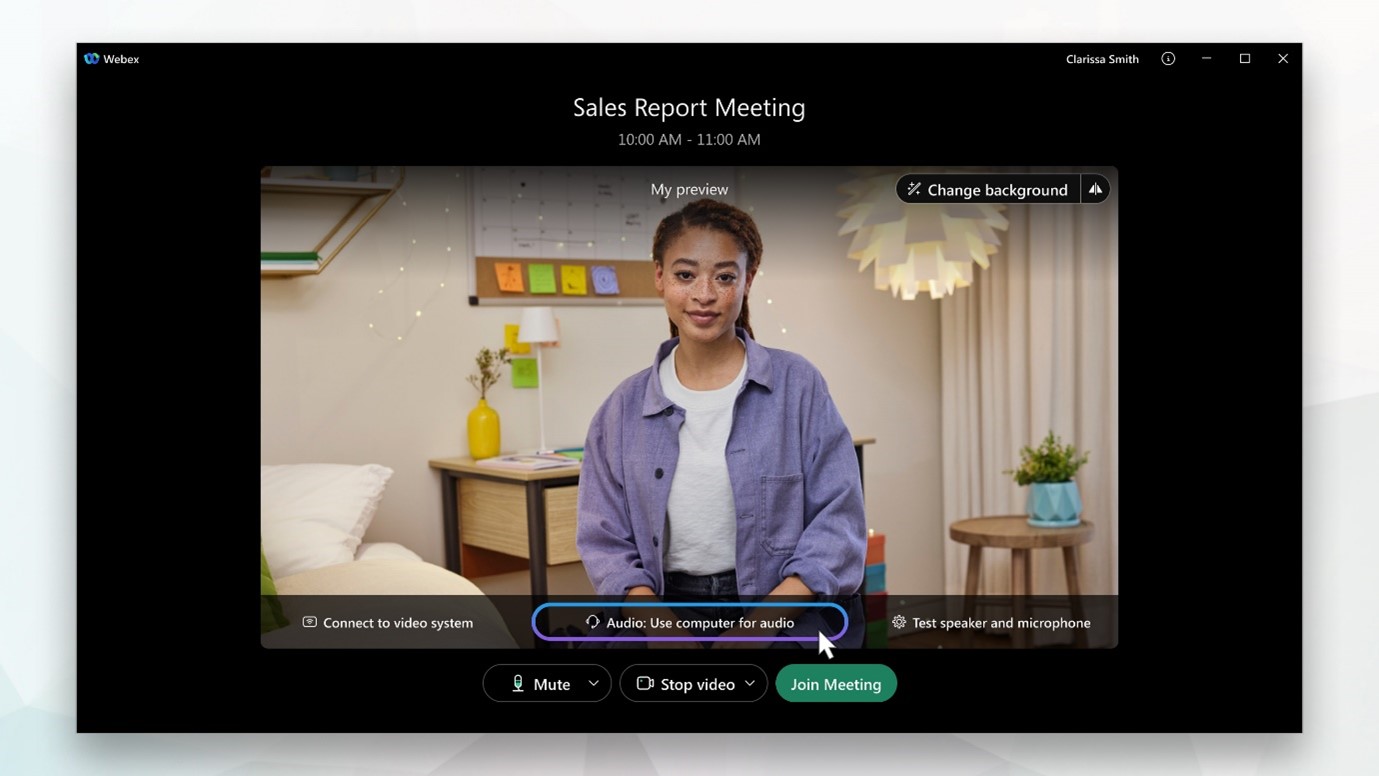
- Virtual Background
Limit distractions and maintain privacy in your current surroundings by using a virtual background. You can blur your background, change your background, or add your own background. Blurring your background makes your surroundings appear out of focus so people can’t see the details of what’s going on behind you. You can also completely replace your surroundings with one of the preset backgrounds, one that your site administrator provides, or add one of your own.To set your virtual background before you join a meeting, click Change background on the preview screen and choose the background that you want to use:- To blur your surroundings while remaining in focus, click Blur.
- To use a default virtual background, click the one you want.
- To use your own image, animated GIF, or video file for the virtual background, click the + icon.
- To change your background during a meeting, click the Video options icon and click stop video, choose Change virtual background and select the type of background you want
- When you’re ready for everyone in the meeting to see your background, click Apply. Webex remembers your selection for your next meeting.
- See your upcoming meetings
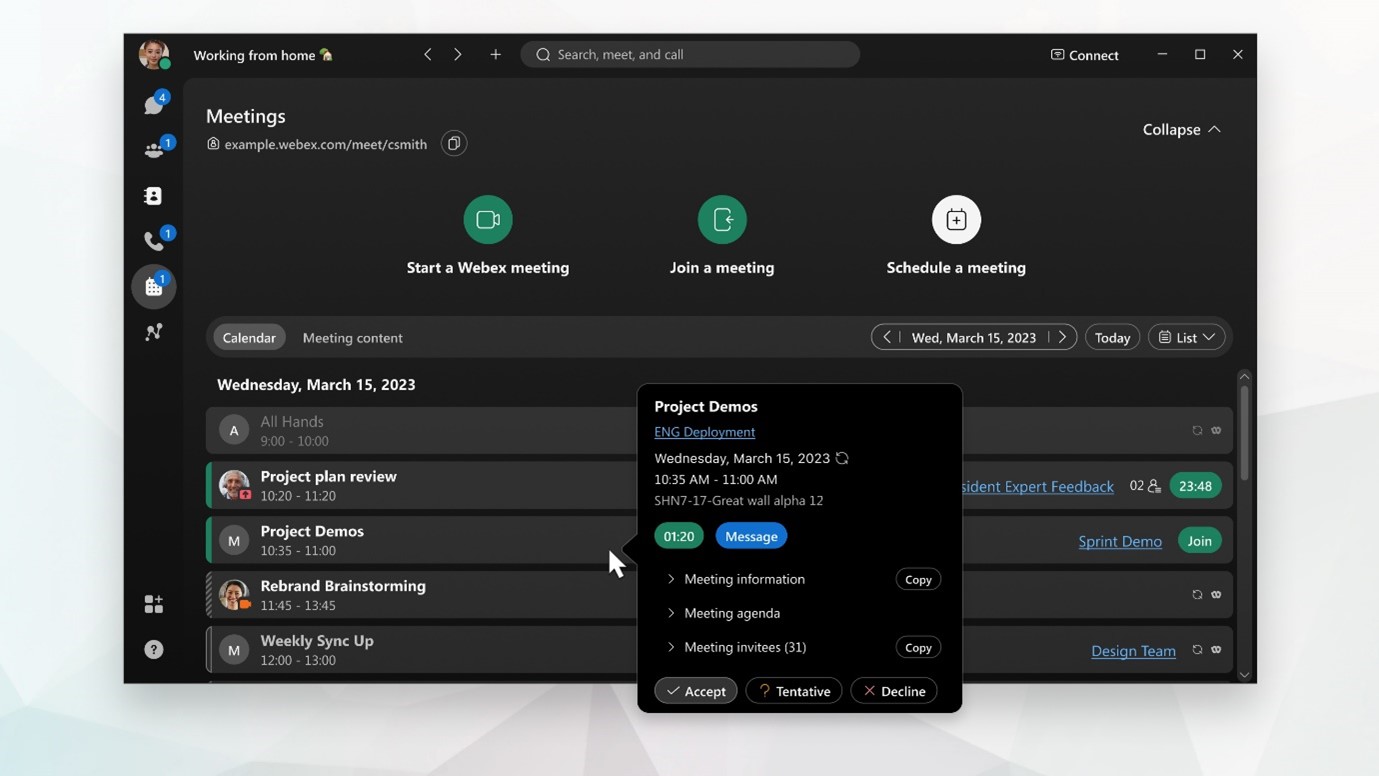
Knowing what meetings, you have can help you plan your work day. You can view details about your upcoming meetings in your meetings list, like what the meeting is about, when it’s happening, who’s invited, and who scheduled the meeting. When it’s time for a meeting to start, you can join it from the meetings list, too. If the meeting is recorded, select the recording indicator during the meeting to see who started, paused, or stopped the recording. Then, you can contact that person to get the recording. This feature is available when the host or cohost records the meeting on their computer.
3. Calling
- Call someone on Webex AppYou can call anyone with a Webex account without any additional plans or services. If you’re connected to each other in the Webex App, you can call them on the Webex App. These are special types of calls that let you add guests to the call, share your whiteboard, and share your screens. You don’t use their phone number; you just need to be connected to them in the app. Just look for the Audio and Video icon.
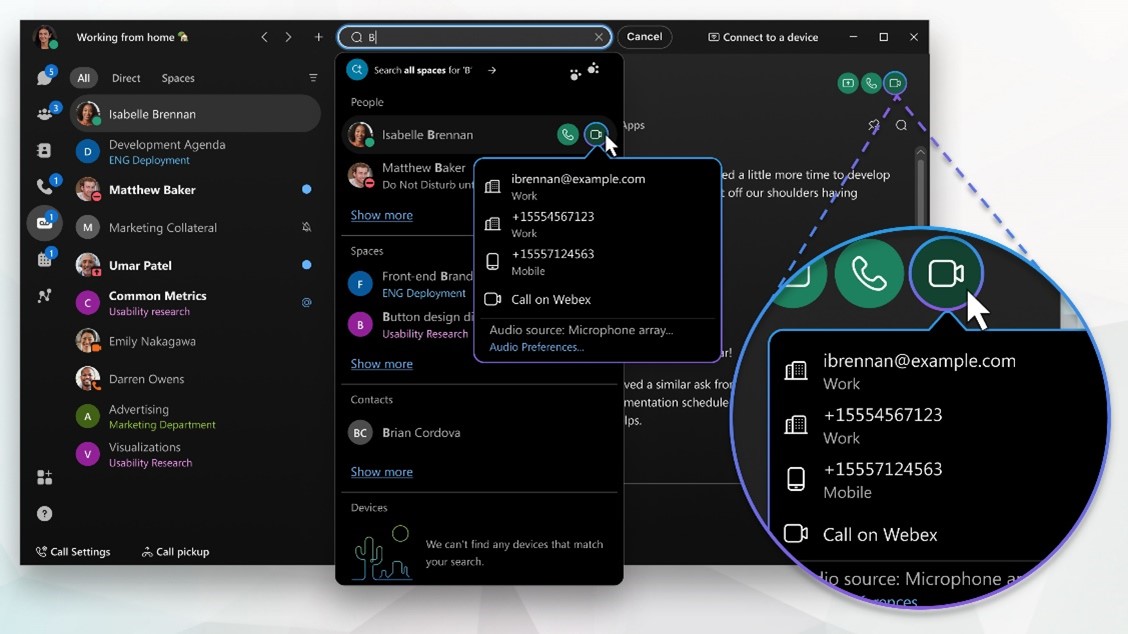
- Answer a call
When you get a call, you get a notification that you can use to accept or decline it. If the person calling you has a Webex account, you can also message the person back if you’re not able to take the call right away.
